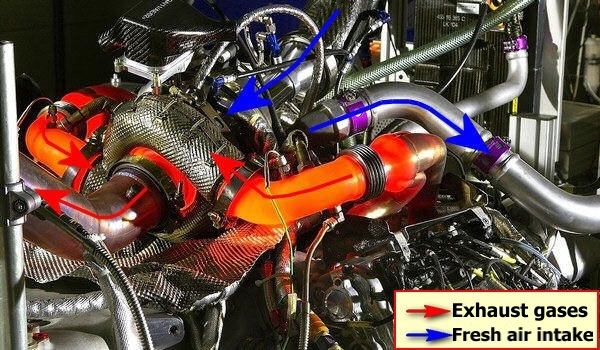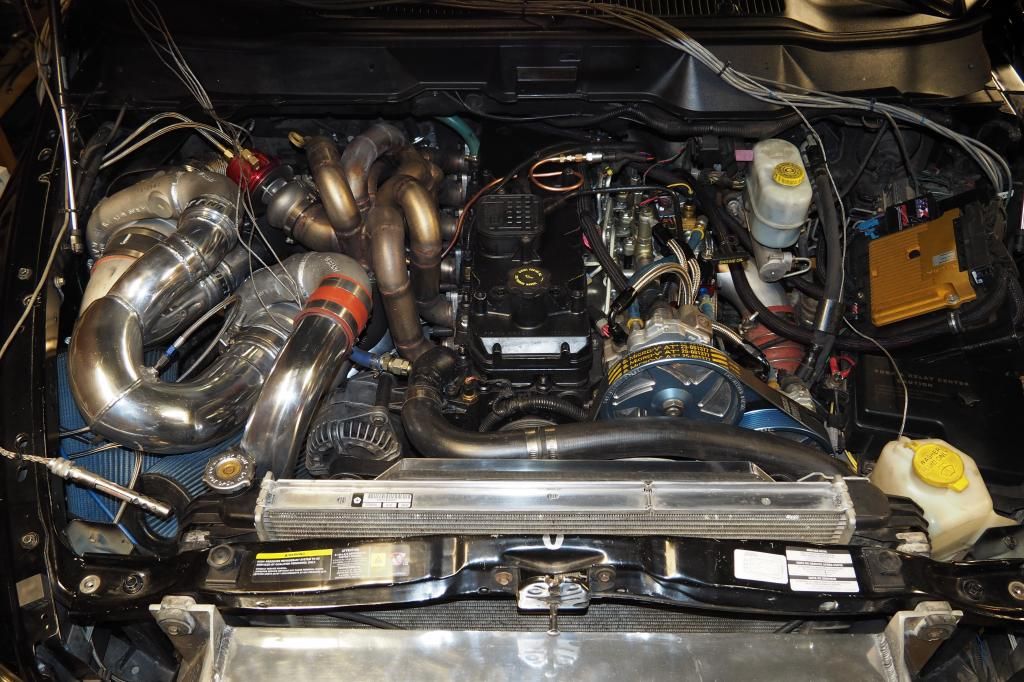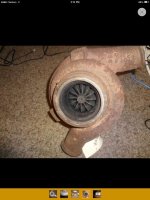Leiffi
New member
- Joined
- Jan 31, 2013
- Messages
- 1,381
Another test from the same guy. 790 hp Cup-engine. The manifold followed the curve of the normal best race 421 header. It never got closer than 8 hp but never was worse than 13or14 hp. There was really no serious dip or spikes. I tell people that I show this too that 40 years of header development amounts to 13-14hp!




